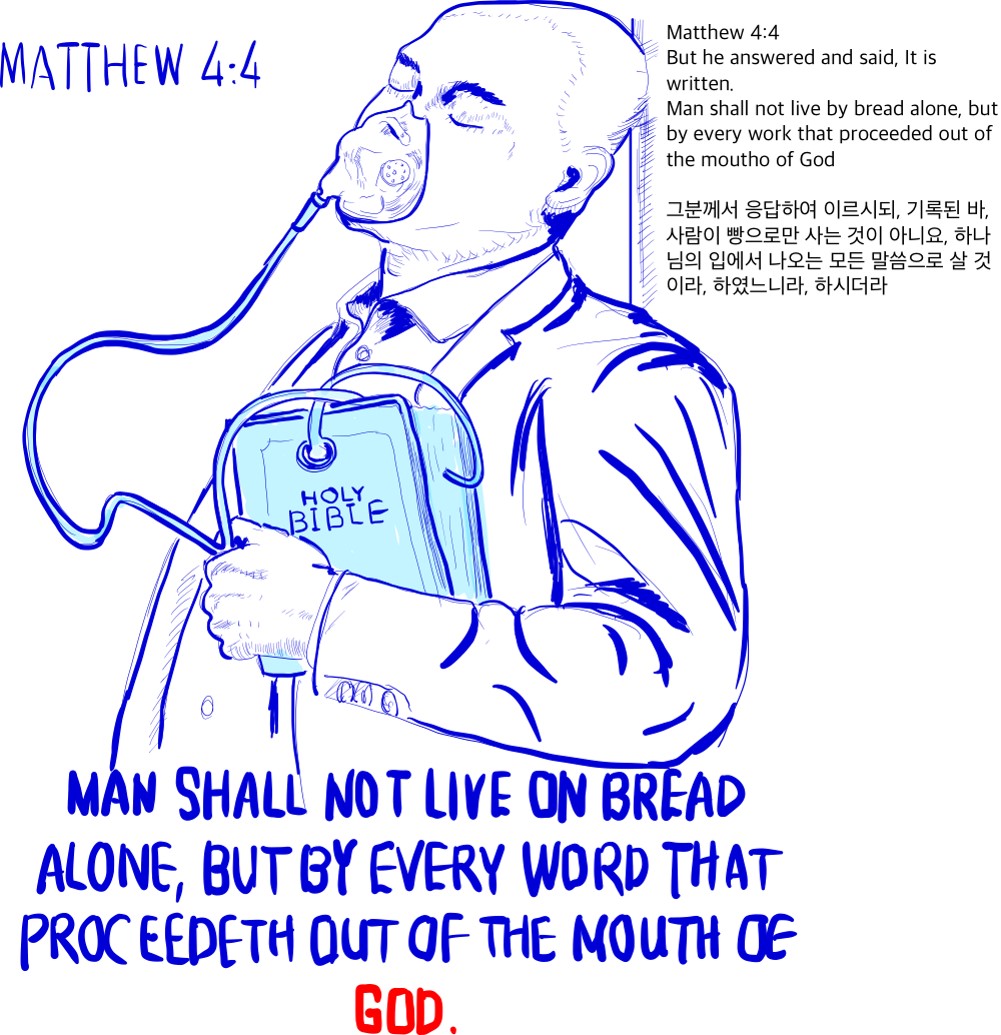An understanding of Lovett's principles and the basic types of lumbar scolioses offers insight into distortion analysis.
Lovett's Rule. This principle states that if the base of a weight-bearing segmented column such as the spine is caused to tilt (eg, unilateral anteroinferior sacral subluxation 한 쪽에서 -앞쪽 아래로 엉치뼈 아탈구), the center of weight bearing will shift toward the high side of the base because it is the shortest distance between the point of weight origin and weight reception. The involved segments will then seek to escape the load by shifting and rotating to the opposite side.
Lovett Positive Scoliosis. In a Lovett positive scoliosis, the axis of vertebral rotation in the lumbar area is posterior to the articulating processes. When the segments are asymmetrically loaded, the bodies of the involved segments normally deviate farther from the midline than their spinous processes.
Lovett Excess Scoliosis. If a Lovett positive scoliosis occurs that is far more than that demanded by the base inferiority, the condition is referred to as an excessive Lovett positive. This state is usually attributed to an iliopsoas spasm on the side of concavity that accentuates the curve beyond the norm.
Lovett Negative Scoliosis. If a lumbar scoliosis shows that the spinous processes have deviated from the midline further than the vertebral bodies, the condition is said to be atypical (negative). A negative scoliosis is indicative of marked muscle involvement. The common causes of this muscle involvement are:
(1) muscle spasm associated with facet irritation (eg, jamming, instability);
(2) disturbed or incompatible movement-dynamics (eg, subluxation, fixation);
(3) local unilateral muscle contraction as the result of noxious viscerosomatic reflexes (eg, viscera pathology);
(4) antalgic splinting, resulting in scoliotic deviations whose transverse planes are almost completely horizontal. If left uncorrected, such antalgic curves will eventually produce a secondary sacroiliac distortion that will compromise normal lumbopelvic dynamics.
Alteration of Curves Secondary to Muscular Imbalance.
This deformity features scoliosis and/or alteration of the normal A–P curves for which there is no apparent structural basis.
The distortion is associated with muscular weakness or spasticity such as of the psoas in the lumbar spine or the sternocleidomastoideus in the cervical spine;
postural imbalance and interference to normal locomotive effort;
muscular soreness and fatigue;
irritative microtrauma to all involved vertebral motion units;
compensatory curvatures; and biomechanical impropriety transmitted throughout the entire spinal column (Fig. 13.35).

Alteration of Curves Secondary to Structural Asymmetries.
This type of distortion is characterized by unleveling of spinal support due to anomaly, trauma, or pathology in which structural unleveling of the spine above tends to portray a normal compensatory response if the motion units are functional.
The situation signifies general postural incompetence and interference to the normal locomotive effort;
muscular tension, soreness, and fatigue;
irritation of the involved motion units;
compensatory curvatures;
and a biomechanical insult transmitted throughout the entire spinal column (Fig. 13.36).

Decompensation of Adaptational Curves.
This Lovett negative deformity features an absence or reversal of compensatory curvatures that should be present because of structural unleveling and a tendency for the vertebral bodies to rotate in a direction opposite to that which would normally occur.
The situation points toward acute muscular contractions, pain associated with movement, a frequently associated acute disc syndrome, strained effort in the erect posture with compensatory voluntary torsion of the spine above, radicular neurologic involvement, and biomechanical insults transmitted throughout the entire spinal column (Fig. 13.37).

'3_물리치료 Healing is Voltage' 카테고리의 다른 글
| 🚑 MRI 기초 🚑 ; X-RAY, MRI, CT 차이 (0) | 2022.09.08 |
|---|---|
| 🚑 허리 MRI 읽기 🚑 (1) | 2022.09.08 |
| 왼쪽으로 굽히는데... 오른쪽 엉덩이가 아픈 이유 .. (0) | 2022.09.04 |
| 🚑🚒🚚허리가 아픈 경우, .... 삐딱하게 ~ 옆으로 기대는 이유 ~ ; 바로 서지 못하는 이유 (0) | 2022.09.04 |
| 보행을 가능하게 하는 척추 엔진(spinal engine): a theory of human gait (0) | 2022.09.03 |




